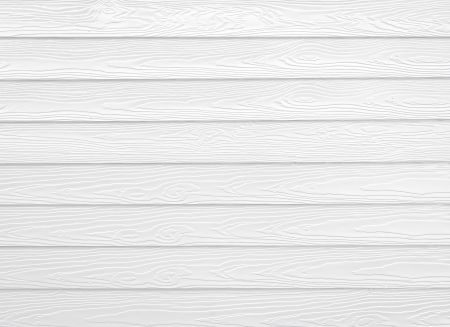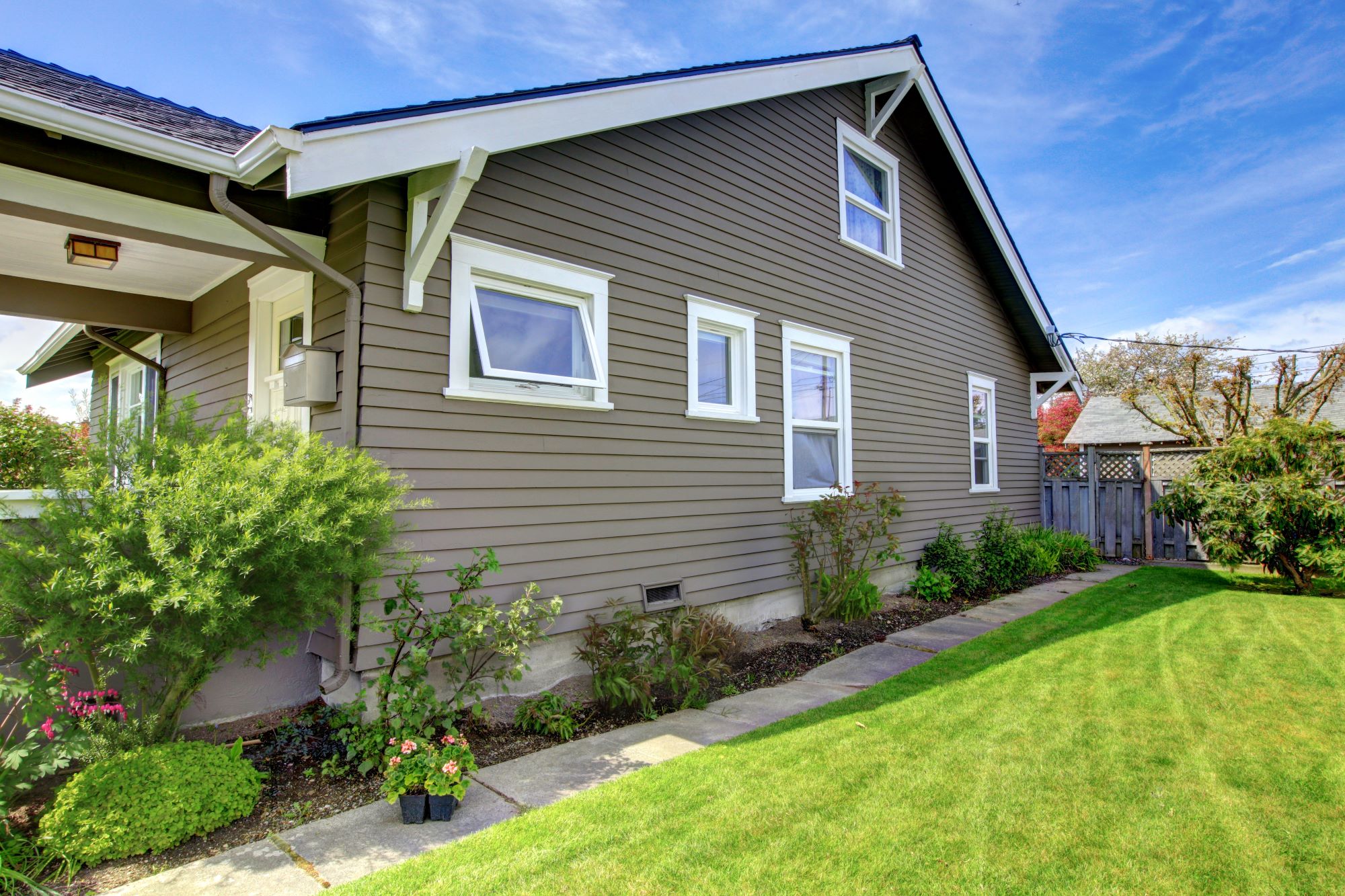The appeal of giving a fresh look and added protection to a home or commercial building is undeniably high. Thus, when contemplating a facade revamp, many property owners wonder, “Can I install siding over my existing siding?” It’s an alluring proposition: potentially fewer costs, less mess, and a speedier transformation. Yet, like many things in construction and renovation, the answer isn’t a straightforward ‘yes’ or ‘no’. It requires a deep dive into various factors and professional insights. Let’s embark on this examination, incorporating insights from residential siding contractors and commercial siding installation experts.
The Underlying Variables:
Type of Existing Siding: The nature of your current siding heavily influences the decision. While it’s possible to install new siding over some materials, others might not be as accommodating. For instance, installing over flat surfaces like existing vinyl or wood might be feasible. However, irregular surfaces, such as stucco or brick, can present challenges.
Condition of the Existing Siding: Even if the type of your existing siding allows for an overlay, its condition is paramount. Rotting wood, crumbling brick, or sagging vinyl aren’t suitable bases for new siding. They can compromise the integrity and longevity of the fresh installation.
Building Codes and Regulations: Local regulations might have stipulations about siding over existing materials. Some codes might prohibit it, while others might allow it with certain constraints. Always check with local authorities or local siding services before making a decision.
Insulation and Ventilation: Installing siding over existing layers can impact the building’s insulation and ventilation. It’s essential to ensure that the new layer doesn’t compromise the structure’s breathability or thermal properties.
The Pros of Installing Over Existing Siding:
Cost-Efficient: You might save on labor and disposal costs associated with removing the old siding.
Time-Saving: Directly overlaying can speed up the project timeline, given that the cumbersome process of removal is skipped.
Added Insulation: A new layer can potentially offer additional insulation, increasing the building’s energy efficiency.
The Cons of the Overlayment Approach:
Potential for Masking Problems: If the existing siding has undetected issues like mold, rot, or pest infestations, overlaying can trap these problems, leading to more significant complications in the future.
Increased Weight: The structure will have to bear the weight of two siding layers. While this might be acceptable for some buildings, it could be problematic for others.
Aesthetic Limitations: The new siding might not sit as flush or seamless as it would on a stripped-down structure. This could impact the aesthetic outcome.
Professional Insights: What the Experts Say:
Residential Siding Contractors: When dealing with homes, the consensus leans towards caution. Homes often have more intricate designs, and the risks of masking potential problems with existing siding are high. A comprehensive inspection can determine the feasibility of overlaying.
Commercial Siding Installation: Commercial structures, especially large ones, might benefit from overlaying due to the potential cost and time savings. However, commercial buildings also need to ensure that the added layer doesn’t compromise the structure’s integrity or insulation.
Siding Replacement Companies: These experts often lean towards replacement, especially if the existing siding shows signs of wear, damage, or inefficiency. The fresh start ensures the new siding serves its functional and aesthetic purpose optimally.
Local Siding Services: Given their familiarity with regional weather patterns, local regulations, and typical building designs, local services can offer tailored advice. They might advocate for overlaying in certain conditions while suggesting a complete redo in others.
Making the Decision: A Guided Approach:
If you’re on the fence about this, consider a step-by-step approach:

Consult with Professionals: Whether it’s residential siding contractors for a home project or experts in commercial siding installation for a business property, always start with professional consultation.
In-Depth Inspection: Before making a decision, ensure a thorough inspection of the existing siding. This will reveal underlying problems and provide clarity on the best route forward.
Factor in Long-Term Implications: While overlaying might be quicker and cheaper in the short term, consider potential long-term implications. If there’s even a slight chance of future complications, it might be more cost-effective to opt for complete replacement now.
Liaise with Local Siding Services: These services are aware of local building trends, common issues with certain siding types in the area, and regional climate implications. Their insights can be invaluable in making an informed decision.
The allure of a swift and seemingly uncomplicated siding transformation is tempting. However, the decision to overlay new siding on existing layers is multifaceted. Factors ranging from the type and condition of current siding to professional insights play a crucial role. While it’s possible and sometimes even beneficial to install siding over existing layers, it’s a decision that requires careful consideration, expert guidance, and forward-thinking.
- Siding Installation Vancouver WA
- Siding Installation Tigard OR
- Siding Installation Lake Oswego OR
- Siding Installation Beaverton OR
- Siding Repair Vancouver WA
- Siding Repair Camas WA
- Siding Repair Lake Oswego OR
- Siding Repair Portland OR
- Siding Repair Beaverton OR
- Siding Contractor Camas WA
- Siding Contractor Lake Oswego OR
- Siding Contractor Portland OR
- Siding Contractor Beaverton OR
- Siding Contractor Lincoln City OR
- James Hardie Siding Vancouver WA
- James Hardie Siding Camas WA
- James Hardie Siding Lake Oswego OR
- James Hardie Siding West Linn OR
- James Hardie Siding Beaverton OR
- James Hardie Siding Happy Valley OR
- James Hardie Siding Portland OR
- Commercial Siding Replacement Vancouver WA
- Commercial Siding Replacement Portland OR
- Commercial Siding Installation Vancouver WA
- Commercial Siding Installation Portland OR

